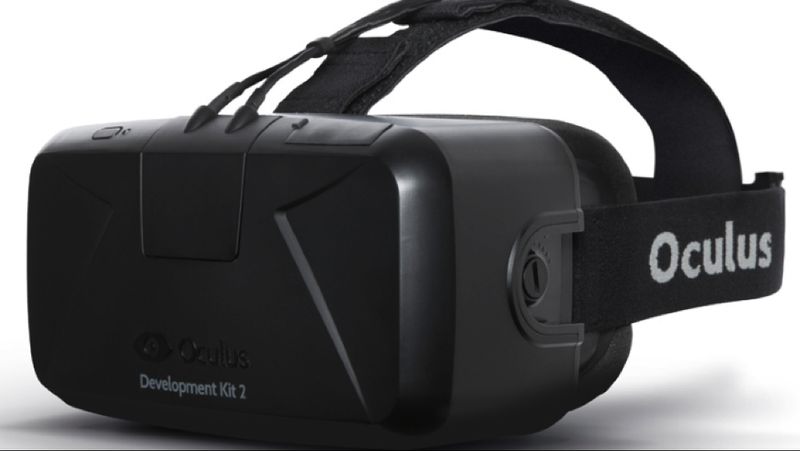The revival of the Virtual Reality (VR) craze is certainly well under way, and the opportunity for VR on the Web is now particularly exciting. The Web is a diverse, connected universe where many types of media and experiences can be created and shared. People can be productive, have fun, and learn, all from within their browser. But it's far from the ultimate media device, mainly because of its lack of immersive visuals. So, isn't it time we transform the Web to a fully immersive capable portal?
That transformation is happening, slowly. Some big current developments have come from Google and, separately,WebGL founder and Mozilla software contributor, Vladimir Vukićević, who recently posted on his blog: "We want to take some of the first steps [toward]...adding native support for VR devices to early experimental builds of Firefox, so that Web developers can start experimenting with adding VR interactivity to their websites and content. This is only the first of many steps that we'll be taking over the coming weeks and months."
The initial technical vision for VR on the Web includes:
- Rendering canvas (WebGL or 2D) to VR output devices
- Rendering 3D video to VR output devices (as directly as possible)
- Rendering HTML (DOM+CCS content to VR output devices — taking advantage of existing CSS features such as 3D transforms)
- Mixing Web-GL rendered 3D content with DOM rendered 3D transformed content in a single 3D space
- Receiving input from orientation and position sensors, with a focus on reducing latency from input/render to final presentation
These efforts have been already been translated into an application outside of traditional Web browsers, but still maintain a web-based programming language to achieve VR experiences. The program is called JanusVR, and it's out now, for FREE! I would try to explain it myself, but James McCrae, the creator of JanusVR, offers this description on the program's site: "Pages with special HTML tags can show enhanced 3D content, and interactive editing of these 'FireBoxRooms' is possible from within Janus VR directly. 'Site translators' take the content and known structure of existing sites, generating FireBoxRooms from this data, which spatially arrange the content in a more meaningful manner. The experience is also 'multi-player' or collaborative — multiple people can navigate virtual spaces together, communicating via voice or text and sharing portals to new areas with each other."
In case you missed that, when visiting a website in JanusVR you will actually see other people in that room, or website, moving about the space and actually viewing the content, in realtime virtual 3D! How futuristic is that?

A look at the JanusVR environment with various "portals" or websites.
The release of loads of impressive demos to go along with JanusVR offers us an enticing reminder that virtual reality and common Web browsers are nearly ready to meet (if they haven't already). The team at JanusVR has already been able to expand the maximum size of the FireBoxRooms, which are allowing for much richer experiences.
The syntax is not that far off Web languages we already know how to use, and actually, the main file is just an HTML file using an "svg-like" syntax language. Nonetheless, the page is started like any ol' HTML file. As soon as the VR devkit for Chrome and FireFox progresses, I hope to see steps toward a universal language that these three programs can all use.
It's apparent now more than ever that we will soon have the ability to experience much richer forms of content on the World Wide Web. With Internet speeds increasing 100 fold within the near future, and early stages of VR support in FireFox and Chrome browsers, the Web seems set for yet another face-lift. But this face-lift seems different than those of the past, and on a much larger scale. It's much more than a few more options in our code:It brings all 3D content together in a medium that most devices can access, which would be a very powerful advancement in development.

Currently, the Oculus Rift is the only VR device able to access Janus VR and VR content.
One can only begin to think of the endless amount of possibilities that the new virtual Web will bring. Can you conceive of the possible scope it can bring to ecommerce products? Imagine being able to view a product online in virtual reality with 1:1 accuracy, being able to visually teleport your users to the outside of your building, or even provide a virtual tour of the inside as well. In the coming month, I may be fortunate enough to receive my very own Oculus Rift, and begin working on VR solutions on the Web. Expect an update on some exciting news relating to all of this madness, and don't be surprised to see GRAYBOX on the virtual side of the Web very soon!
